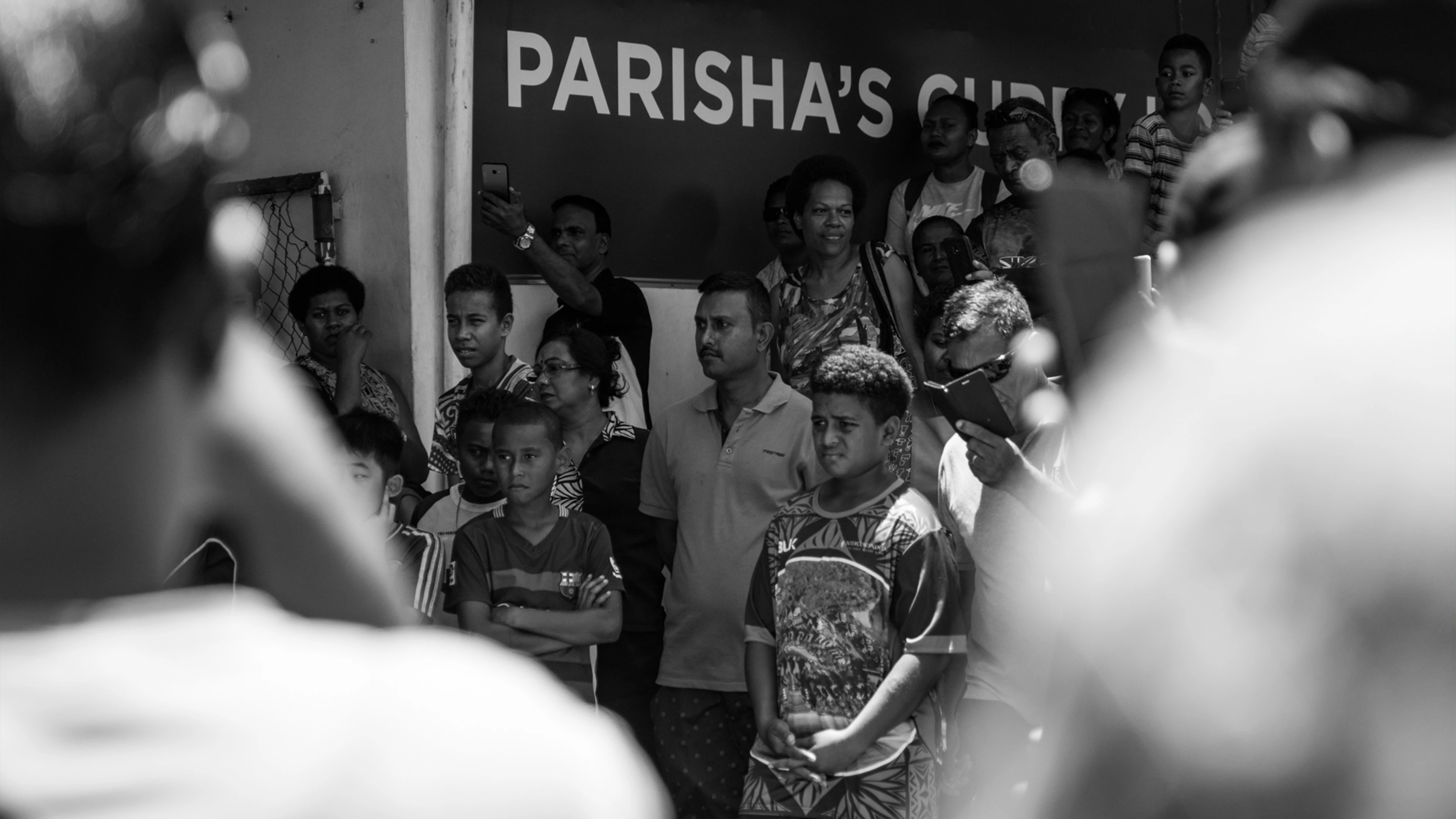27th July, 2024
As technology has evolved, so has the nature of audiences interacting with it. With the advent of streaming services, the internet and social media, almost all of us are, (somewhat unknowingly), part of an audience, almost all of the time.
We no longer need to be in the same physical ‘place’, nor do we need to be there at the same time. You, alone in your room with earphones in, are a part of an audience simply because other people are interacting or have interacted with the same content as you are.
Audiences are no longer just people in cinema chairs, staring at a screen and throwing popcorn at their mate a few rows up. Nor are they just hushed before a stage of performers in an auditorium. Your experience as an audience member now runs deeper than trying not to stand in front of the tv while your whole family watches Masterchef.
You are an audience member every time you open Twitter. You are an audience member streaming How I Met Your Mother on Stan (because they took it off Netflix, smh). I hope, for your sake, that you have been a member of an audience, sitting on some random’s shoulders at a festival, screaming the lyrics of your favourite song back to the person on stage who wrote them.
So, when in my first week of uni classes, I was asked to describe a time where I found myself to be part of an audience, I was spoiled for choice.
In the prior two weeks, I had been an audience to several o-week events, a small (but big in energy) concert and lectures of various sizes, topics and demographics. I’d bore witness and engaged with the internet meme culture currently spinning on the axis of coronavirus. I’d absorbed possibly hours of pointless Tik Tok content. I’d caught up on tv shows in my room while my dad watched along at the same time 7 hours away in my hometown. I’d indulged in another cringey Netflix rom-com with my roommate. I’d streamed Sam Smith off Spotify while taking a shower. I’d witnessed the mardi-gras parade and all that goes with it.
Every experience was different in fundamental ways. The only underpinnings were:
- The fact that an experience was provided to me in some form, and that someone else was experiencing or had experienced some version of the same thing; and
- Every experience featured some unexpected aspect that led me to gain some new understanding or knowledge which will change my understanding of the next experience I have.
My first comms and media lecture led me to discover twitter as a medium for humour. Which then led me to the networking joys of twitter, and I found new ideas on other people’s blogs which impacted my own ideas for this post.
I saw two opening bands who performed before Spacey Jane, who I’d never heard of before. This led me to discover new music. I also learned not to wear a jacket or carry my purse to the next gig because when the crowd gets (unexpectedly) rough, I’m going to get overheated and have to worry about my belongings.
To All the Boys I’ve Ever Loved Before; ps I Still Love You, gifted me another layer of unrealistic expectations! Which was then backed up by a BuzzFeed article wherein the global audience of this movie validated my frustration when (spoiler alert) Lara Jean picked Peter ‘Still-Talking-To-His-Ex’ Kavinsky over John Ambrose ‘Plays-Piano-And-Has-Loved-You-Since-Elementary-School’ Mclaren’!
It dawned on me that this flow of ideas and media experiences wasn’t so easily accessible in a time where audiences were expected to sit quietly in concert halls and listen for three hours, just to politely clap at the end and never speak of it again. Stephanie Pitts agrees, stating that “the act of attending concerts and sitting quietly as a live performance unfolds” is a form of content absorption which proves “an increasingly incongruous activity in our data-rich, fast-paced world”. (2014)
Luckily for us, in today’s media landscape, audiences have as much impact on the content they view as it does on them. Content produces more content. As John Fiske put it, way back in 1989, “popular culture is made by the people, not the culture industry” (2010). The value and meaning of media are heavily dictated by the ear, eyes, mind, voice and hands of the audience. The producer of said media is less and less becoming of relevance to its consumption, as the media takes on a life of its own in every audience member.
References
Toelle, Jutta & Sloboda, John. (2019). The audience as artist? The audience’s experience of participatory music. Musicae Scientiae. Accessed 16/3/20
Burland, K., & Pitts, S. E. (Eds). (2014). Coughing and Clapping: Investigating Audience Experience. Farnham, UK: Ashgate. Accessed 15/3/20.
Fiske, John and Jenkins, Henry (2010) Introduction to Communication Studies: 3rd Edition. Routledge: London. Accessed 16/3/20.






